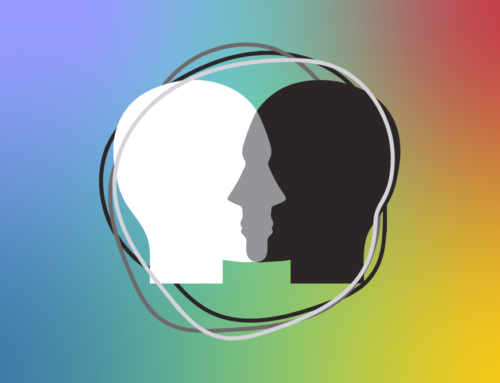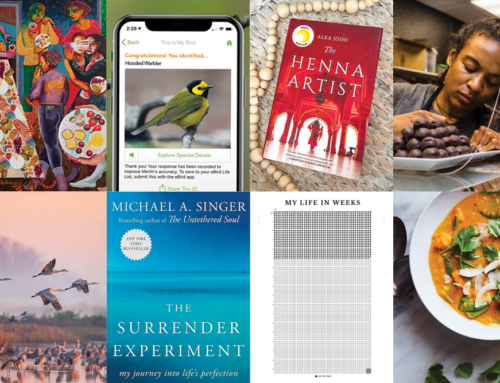Illustration by Carole Henaff
Years ago, when I was amidst a crisis, a Buddhist friend of mine recommended this meditation as a potentially helpful tool. At the time, it seemed so radical – why would I take in more pain, other people’s pain, when I am in so much pain myself? We typically learn the opposite of what this meditation is proposing: ‘breathe in the good, breathe out the bad.’ I quickly brushed off the recommendation and forgot all about it.…
Perhaps due to the global and collective turbulence of the last couple years (and the ever growing call to go inward to find stillness, light, peace), this meditation has been resurfacing in my consciousness. So I tried it. The results were quite lovely and revealing. I learned that it is an extremely powerful tool to feel connected to others, to remember our collective suffering, and to use meditation as a way to help others (and in the process, feel better ourselves). It no longer made sense to breathe in sunshine for myself and breathe out darkness for the rest of the world to wade through. It’s a meditation practice I am working to integrate more into my life and thought I’d share it in case it resonates with you.
Here are the basic steps:
- Start by taking a few seconds to be in a place of stillness and openness.
- Now breathe in heaviness, darkness, a feeling of constriction through all the pores of your body like a screen door, then breathe out lightness, relief, spaciousness through all your pores.
- Here, you can go two ways. You can focus your meditation on someone else who is struggling that you’d like to help, OR you can focus on the pain you are feeling yourself. If you are focusing on someone else, let’s say a friend who is suffering from a physical injury and is in a lot of pain. Breathe in their pain, breathe out sending them relief. Then you breathe in for all the people out there in the same situation as your friend, and breathe out relief for all of them. If you are doing the meditation for yourself, you’d go through the same process.
In the link below Pema Chödrön, Tibetan Buddhist, author and teacher, discusses the Tonglen meditation practice of “sending and taking” in greater depth:
https://www.lionsroar.com/how-to-practice-tonglen/





